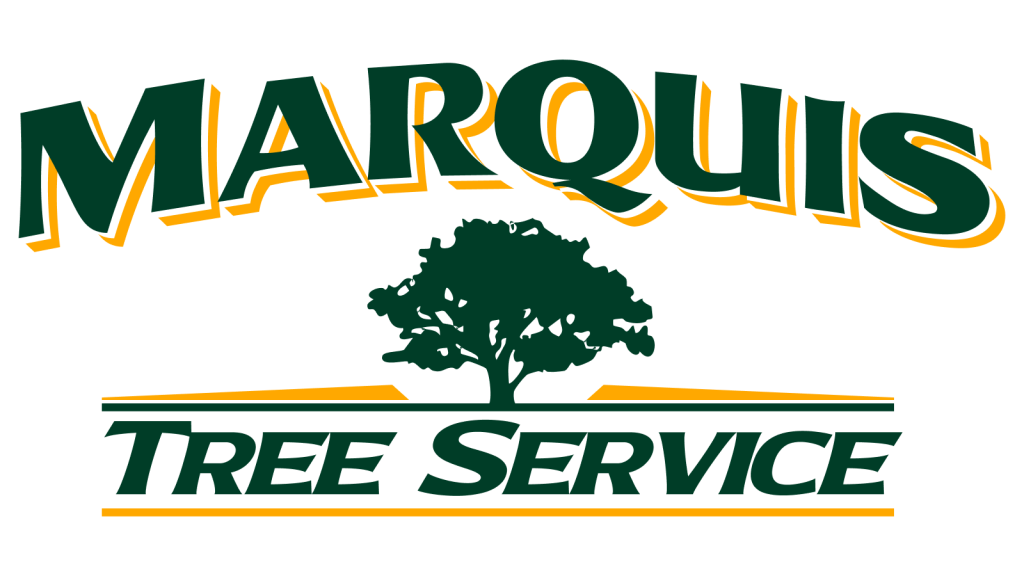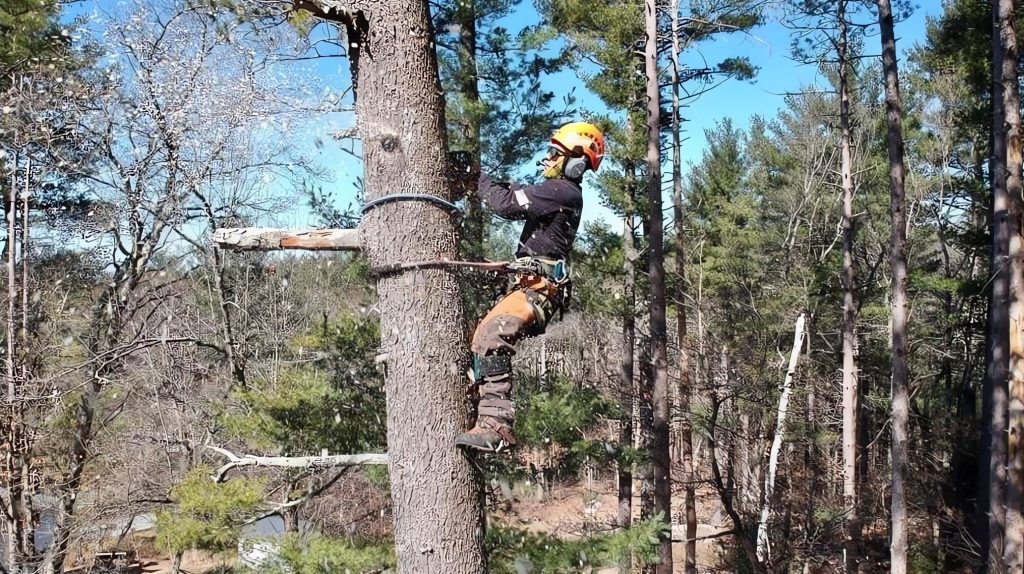Tree Risk Assessment: Identifying and Managing Potential Hazards
Trees, in all their majestic beauty, are aesthetically pleasing and vital for our environment. However, they can pose risks to property and people, especially when old, diseased, or damaged. At Marquis Tree Service, we understand the importance of maintaining the health and safety of trees in our surroundings. Trees provide numerous benefits, from enhancing the beauty of our landscapes to purifying the air we breathe. Understanding and managing the risks is crucial for maintaining safety and preventing damage. This blog will delve into tree risk assessment, exploring how it helps identify and mitigate potential hazards.
Understanding Tree Risk Assessment
Tree risk assessment is a comprehensive process that involves evaluating trees’ condition and structural integrity. It aims to identify potential hazards that may lead to property damage, personal injury, or even loss of life. This assessment is typically conducted by certified arborists with the knowledge and expertise to recognize signs of risk and make informed recommendations.
Identifying Potential Hazards
Several factors are considered to identify potential hazards during a tree risk assessment. These include:
Structural Defects: Arborists are crucial in identifying and assessing tree structural defects by closely inspecting trees for signs of decay, cracks, weak branch unions, or hollow cavities. Such structural defects can weaken the tree and make it more susceptible to failure, especially during severe weather conditions. They can determine the potential risks and develop appropriate strategies to mitigate them. This proactive approach helps ensure the safety and health of both trees and the surrounding environment, reducing the chances of tree failure and the associated dangers it may pose.
Pest and Disease Infestations: Pest and disease infestations pose a significant threat to the health and stability of trees. When trees become infested with pests or affected by diseases, they often display noticeable signs that indicate their compromised condition. These signs include dieback, discoloration, and abnormal growth patterns, which serve as red flags for tree health issues.
Leaning or Unbalanced Trees: Leaning or unbalanced trees can provide important clues about their structural stability and the potential risks they pose. When a tree leans excessively, it suggests that an underlying problem might affect its ability to maintain an upright position. Similarly, an unbalanced canopy distribution, where the branches are unevenly distributed, can indicate issues with the tree’s overall health. Factors such as soil conditions, root damage, or environmental stressors can contribute to these conditions.
Proximity to Structures: When it comes to trees located near buildings, power lines, or other structures, it’s essential to consider the potential risks they may pose. These risks primarily arise from the possibility of branches or trunks failing, resulting in property damage, injury, or even fatalities. As such, proper assessment and proactive measures become crucial to ensure people’s and structures’ safety.
Managing and Mitigating Risks
Once potential hazards are identified, appropriate management strategies can be implemented. These strategies may include:
Pruning and Trimming: By selectively removing dead, diseased, or weak branches, arborists can reduce the risk of branch failure and improve the overall stability of the tree. Arborists employ various techniques when pruning and trimming. It is crucial that pruning is executed with precision and expertise, as improper techniques or excessive pruning can harm the tree, leading to long-term damage or even decline.
Structural Support: Structural support is a critical technique employed in arboriculture to enhance the stability and longevity of trees. When trees have weak branch unions, or their structural integrity is compromised, cabling and bracing systems can be installed to reinforce them. These systems include cables, braces, and other supportive materials strategically placed within the tree’s canopy or trunk.
Tree Removal: Removal may be the only viable option if a tree poses an imminent threat to property or personal safety. In certain situations, such as when a tree is weakened, diseased, or damaged, its structural integrity may be compromised, making it susceptible to falling during adverse weather conditions or even under its weight. Certified arborists can safely and efficiently remove trees while minimizing the impact on the surrounding environment.
Tree risk assessment is essential in safeguarding our communities and ensuring people’s and property’s well-being. We can mitigate tree-related risks by identifying potential hazards and implementing appropriate management strategies. At Marquis Tree Service, our certified arborists are dedicated to assessing your trees and ensuring their health, safety, and longevity. Don’t wait until it’s too late – take proactive measures to evaluate and manage potential tree hazards! Call Marquis Tree Service today to request a free estimate! We have been an area leader in the tree care industry since we were established in 1993, which means you can trust us to help you with your tree care needs.

